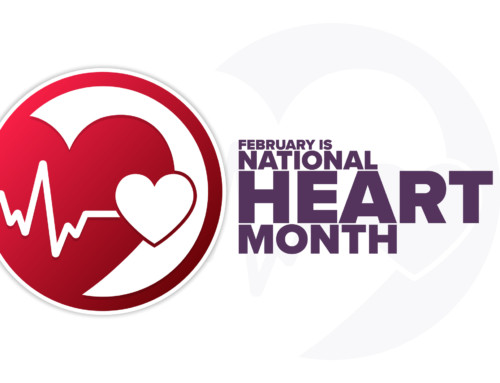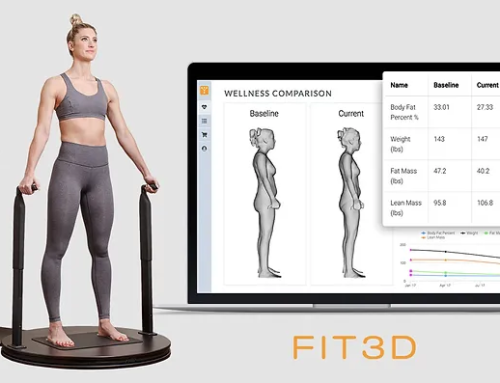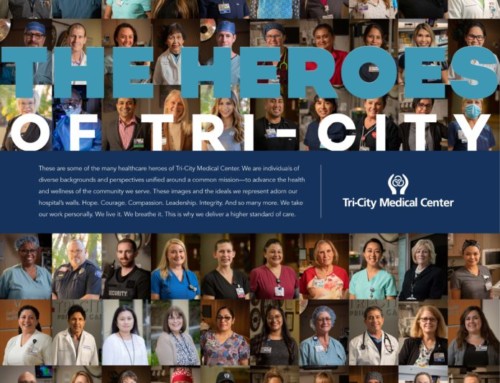 We all have our reasons for putting off fitness training.
We all have our reasons for putting off fitness training.
Some of us claim to be too busy, others don’t know where to start. If you’ve recently suffered a stroke or a heart attack, you may be afraid of revisiting your workout. But regardless of our personal situations, we can all benefit from being more physically active. Always remember to consult your doctor before you start a new fitness regimen.
The American Heart Association recommends 150 minutes of moderate exercise each week to maintain our heart health. It doesn’t matter if you break that down into 30 minutes a day, or three workout sessions a week, all that matters is you get your heart pumping to improve your cardiovascular capabilities. Read on to discover the top 4 workouts you can start today that will keep your heart healthy well into your future.
1. Walking
When it comes to getting back in the saddle, it helps to keep things simple.
Walking is the easiest way to get moving again with minimal impact to the body. If you’ve been avoiding the gym for some time or have suffered setbacks in your health, this is the perfect starting point. Just a 10-minute stroll each day will take you up to the recommended 150 minutes of exercise a week. You can build up from that and even tailor the terrain to your needs.
Walking may seem like a small activity, but that doesn’t prevent it from offering big benefits to your health. Because you move so many of your muscles – from your back and abdominals to your arms and your legs – you enjoy a great aerobic exercise. Not only that, but walking is an excellent way to boost your wellbeing and reduce your blood pressure. You can de-stress, rediscover your local area, and even join a walking group for a more social affair.
2. Gentle Yoga
Yoga is an ancient practice that still improves heart health to this day.
The calm nature of yoga sequences boosts circulation and helps lower your blood pressure, which in turn increases the elasticity of your blood vessels. Gentle yoga is ideal for all ages and skill levels, making it particularly appropriate for people post-heart attack or stroke. But before you sign up at your local yoga studio, bear in mind that not all forms of yoga might be suitable for your needs. Look for class names like Yin Yoga, Gentle Yoga, or Adapted Yoga.
If you have suffered a heart attack or a stroke, avoid hot yoga classes. The extreme heat will add stress to your workout and actually strain your heart. On the other hand, if you haven’t experienced any heart conditions, you may find that gentle yoga doesn’t raise your heart level enough to count towards that all-important 150 minutes. But don’t be put off; yoga can complement your other fitness routines and is a helpful way to stretch and de-stress – which is always good for your heart.
3. Strength Training
Strength training is so important for your heart that the American Association of Heart Health advises you give it a go at least twice a week.
Now we’re not talking about bodybuilding, but rather resistance training in manageable repetitions.
By using free weights you recruit more of your body’s muscles and you can choose the weights that best suit your current abilities. During the reps, you increase your heart rate, as your heart pumps blood to the muscles you engage. When you rest in between the sets, your heart recovers. Over time, your muscles become stronger and more able to reduce the burden on your heart.
If you’re recovering from a heart attack, you can also enjoy the benefits of strength training.
Simply start with bicep curls without any weight. Building up the repetitions of each set is a great way to improve your heart health from scratch.
4. Running Errands
This one might surprise you, but running errands is a tried-and-tested hack for heart health.
In fact, if you spend most of your day cleaning, gardening, and grocery shopping, chances are you’re improving your heart health more than people who exercise for 30-60 minutes a day, but have an otherwise sedentary lifestyle. If you want to keep tabs on the daily exercise you’re getting without even knowing it, consider investing in an activity tracker. These wearable devices can also give you an insight into your heart rate, so you can keep your heart health top of mind more easily.
For more advice on improving your heart health or to speak to a doctor before undertaking a new fitness regime, contact the knowledgeable team at Tri-City Medical Center today.





